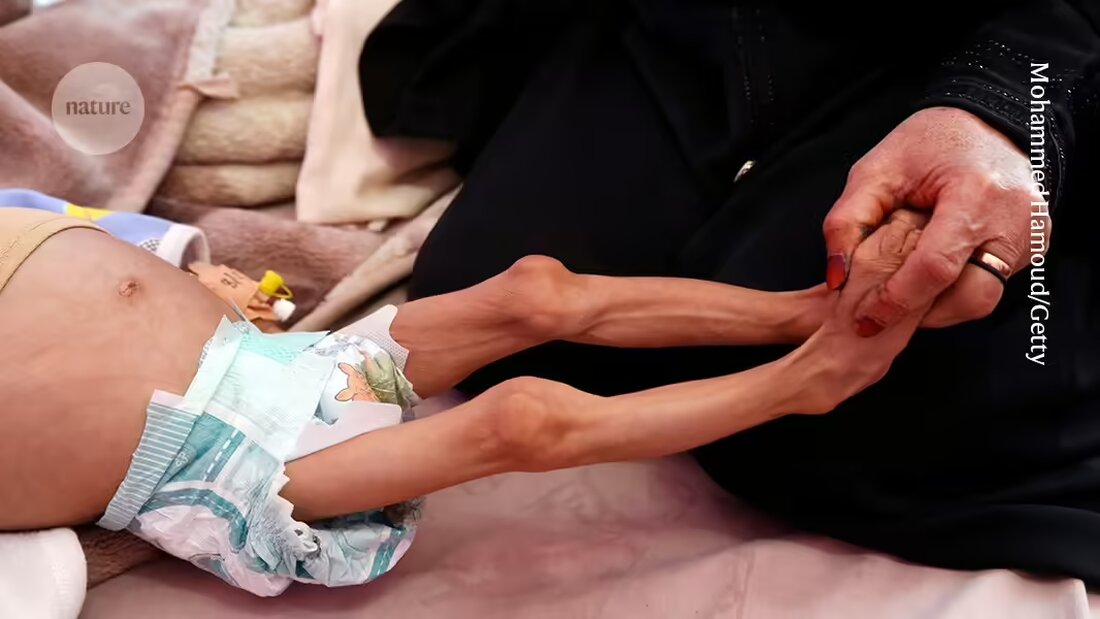People who faced famine in the womb shortly after conception are more than twice as likely to have diabetes as adults than those who did not experience extreme food shortages early in pregnancy, a study suggests 1to more than ten million people born in Ukraine almost a century ago.
The one in the magazine todaySciencePublished results provide insight into the long-term health consequences of famine during pregnancy. The extensive study also highlights when developing babies are most vulnerable to poor nutrition, says Peter Klimek, a data scientist who specializes in epidemiology at the Supply Chain Intelligence Institute in Vienna. “I haven’t seen anything where this has been done more comprehensively,” says Klimek, who wrote a perspective article alongside the study 2published.
Long-term effects
Although the immediate and short-term effects of hunger crises 3– as malnutrition and nutrient deficiencies – are well documented, it has been difficult to determine the health consequences that people experience decades later. Such studies require researchers to continually track large groups of people over time, says L.H. Lumey, an epidemiologist at Columbia University in New York City and co-author of the current paper. Previous studies in Austria 4and the Netherlands 5have found evidence that exposure to famine during pregnancy may increase a baby's risk of diabetes later in life. But these studies were relatively small or had uncertainties about the severity of the famine and people's exposure to it, Klimek says.
Lumey says the 1932-33 famine in Ukraine, which resulted in about four million short-term deaths, provided an opportunity to study the connection between prenatal food shortages and diabetes risk. The famine had a clearly defined time frame, affected a very large number of people and was thoroughly documented, he says.
Together with his colleagues, Lumey collected birth records for 10,186,016 Ukrainians born between 1930 and 1938. This included more than 128,000 people diagnosed with type 2 diabetes in the early years of the twentieth century.
Double risk
To estimate the severity of the famine experienced by each person, the team analyzed the number of excess deaths that occurred in 23 Ukrainian regions, including 16 affected by food shortages, and classified the areas as extreme, very severe, severe or no famine.
The group found that people born in early 1934 - who would have been conceived during the height of the famine - had a higher overall risk of developing type 2 diabetes as adults than those who were not exposed to the famine in the early stages of development. Among people born in regions affected by extreme famine, the risk of developing the condition doubled. Those exposed to extreme hunger during pregnancy were still about 1.5 times more likely to develop diabetes decades after birth than those in regions without famine.
There was no increased risk of diabetes among people who were in the later stages of pregnancy during the famine, suggesting that early pregnancy is the most vulnerable time for exposure to malnutrition.
The results lay the foundation for researchers to conduct animal experiments to understand the mechanisms behind the increased risk of diabetes. For example, there could be mutations in the fetal DNA during famine, so-called epigenetic changes. “We have this event that biologists can now sink their teeth into,” says Lumey.

 Suche
Suche
 Mein Konto
Mein Konto

